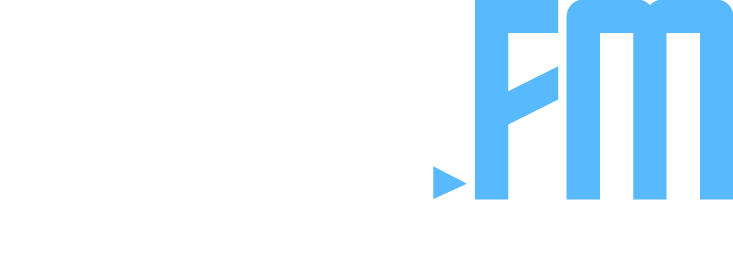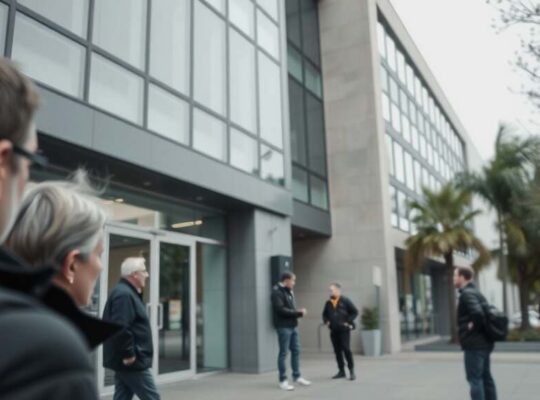Germany’s fiber optic expansion is gaining momentum, with the rollout reaching 52.8% coverage as of June 30th, a 9.6 percentage point increase year-on-year, according to industry association Breko. However, the actual fiber connection rate – representing buildings and homes actively connected – rose at a slower pace, increasing by 4.5 percentage points to 27.3%. This translates to 1.4 million additional fiber optic customers compared to the previous year.
Breko forecasts further substantial growth, predicting fiber coverage will reach between 82% and 92% by 2030, with connected buildings and homes reaching 54% to 64%.
Notably, competitors to incumbent provider Deutsche Telekom are driving a significant portion of this expansion. They currently account for 59% of the geographical fiber rollout, 71% of connected buildings and homes and 74% of active fiber connections.
While acknowledging the positive trajectory, Breko President Norbert Westfal cautioned against complacency. He emphasized the need for stable regulatory frameworks and fair competition to sustain investment and planning certainty for network operators. The association is also urging Federal Digital Minister Karsten Wildberger to develop a strategy for transitioning from copper to fiber networks.
Regional disparities in rollout progress are pronounced, with northern Germany leading the way. Schleswig-Holstein boasts the highest coverage at 92.7%, followed by Hamburg (90.8%), Bremen (79.7%) and Saxony-Anhalt (70.1%). The largest percentage gains in geographical coverage were recorded in Lower Saxony and Saxony-Anhalt, with increases of 19.2 and 15.9 percentage points respectively. In terms of actual connections, Schleswig-Holstein (64.9%), Brandenburg (47.4%), Hamburg (47.3%) and Hesse (35.9%) are at the forefront.
The Breko study also highlights increasing concerns regarding cybersecurity. Three-quarters of network operators (77%) are implementing measures to enhance network security, with monitoring (86%) and employee security and awareness training (85%) being the most common approaches. Over two-thirds (68%) have increased their IT budgets in the last two years to bolster network security and 38% have added personnel to their teams.












